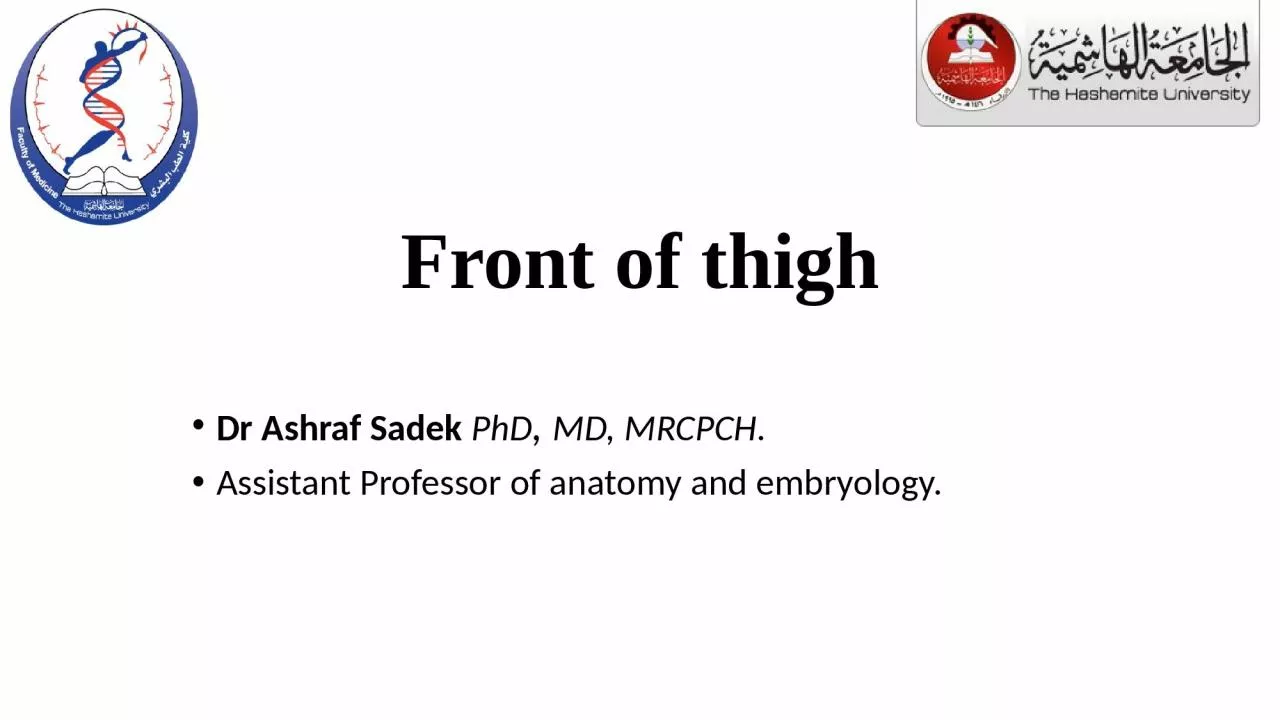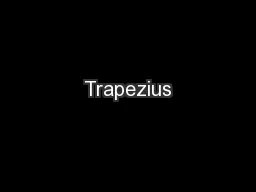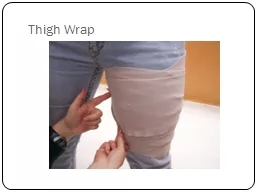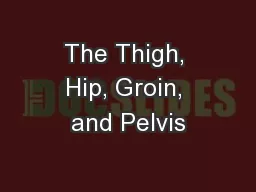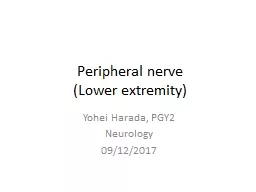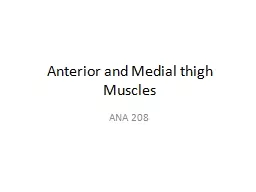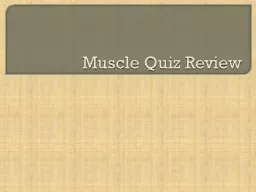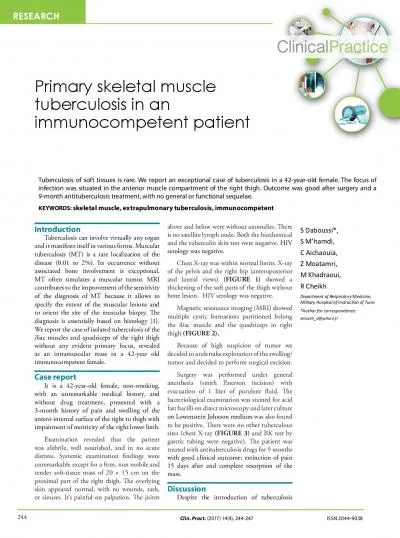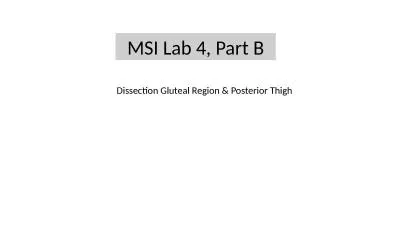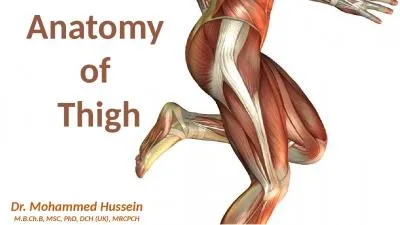PPT-Front of thigh Dr Ashraf
Author : cora | Published Date : 2024-03-13
Sadek PhD MD MRCPCH Assistant Professor of anatomy and embryology Fascia of the Thigh A Superficial Fascia Superficial fatty layer Deep membranous Both
Presentation Embed Code
Download Presentation
Download Presentation The PPT/PDF document "Front of thigh Dr Ashraf" is the property of its rightful owner. Permission is granted to download and print the materials on this website for personal, non-commercial use only, and to display it on your personal computer provided you do not modify the materials and that you retain all copyright notices contained in the materials. By downloading content from our website, you accept the terms of this agreement.
Front of thigh Dr Ashraf: Transcript
Download Rules Of Document
"Front of thigh Dr Ashraf"The content belongs to its owner. You may download and print it for personal use, without modification, and keep all copyright notices. By downloading, you agree to these terms.
Related Documents

